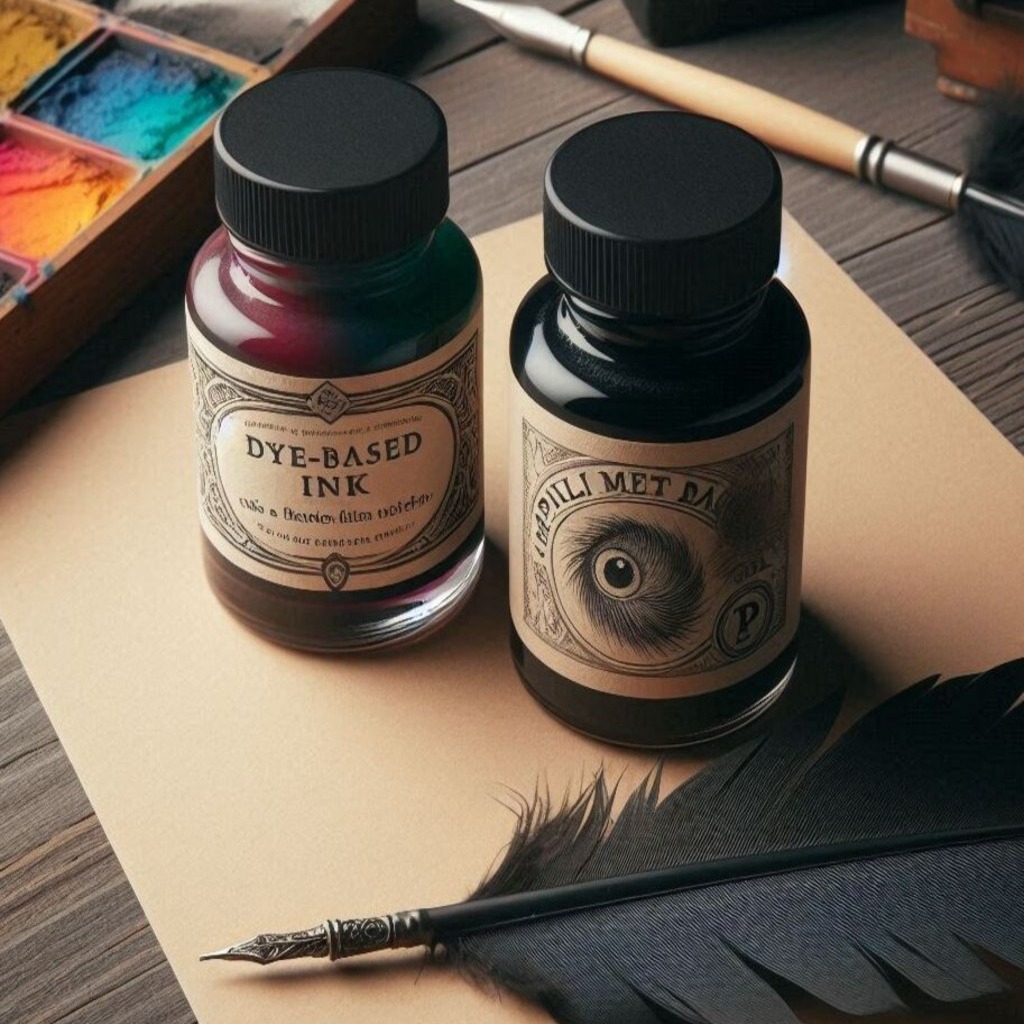Buy With Confidence at GDS


Speak To A Human:
0333 090 9162
Speak to a human:
0333 090 9162Menu
- Wide Format Printers
- Paper & Media
- QUICK FIND – search by printer model
- Inkjet Media (Waterbased | Aqueous)
- Uncoated Plotter Paper
- Matt Coated Paper
- Photo Paper
- Gift Wrap
- Greetings Cards
- Fine Art Media
- Digital Negative Film
- Printable Photo Board
- Canvas & Textile
- Roll Up & Pop Up Banner Media
- Backlit Film
- Scrim Vinyl Banner
- Outdoor Media
- Tyvek Banner
- Wallpaper
- Self Adhesive Media
- Proofing Paper
- Tracing & Translucent Paper
- Clear Film
- Double Matt Drafting Film
- Media Starter Packs
- Laser & Plan Printer Media (Dry Toner)
- Eco Solvent, Latex & UV Media
- Paper Test Packs
- Inks, Toners & Cartridges
- QUICK FIND – search by printer model
- Canon Printer Inks & Cartridges
- Canon PFI-030 Printer Inks
- Canon PFI-031 Printer Inks
- Canon PFI-050 Printer Inks
- Canon PFI-101 Printer Inks
- Canon PFI-102 Printer Inks
- Canon PFI-103 Printer Inks
- Canon PFI-104 Printer Inks
- Canon PFI-106 Printer Inks
- Canon PFI-107 Printer Inks
- Canon PFI-110 Printer Inks
- Canon PFI-120 Printer Inks
- Canon PFI-206 Printer Inks
- Canon PFI-207 Printer Inks
- Canon PFI-301 Printer Inks
- Canon PFI-302 Printer Inks
- Canon PFI-303 Printer Inks
- Canon PFI-306 Printer Inks
- Canon PFI-307 Printer Inks
- Canon PFI-310 Printer Inks
- Canon PFI-320 Printer Inks
- Canon PFI-701 Printer Inks
- Canon PFI-702 Printer Inks
- Canon PFI-703 Printer Inks
- Canon PFI-706 Printer Inks
- Canon PFI-707 Printer Inks
- Canon PFI-710 Printer Inks
- Canon PFI-1000 Printer Inks
- Canon PFI-1100 Printer Inks
- Canon PFI-1300 Printer Inks
- Canon PFI-1700 Printer Inks
- Canon PFI-2100 Printer Inks
- Canon PFI-2300 Printer Inks
- Canon PFI-2700 Printer Inks
- Epson Printer Inks & Cartridges
- Epson T40Cxxx Printer Inks
- Epson T41Exxx Printer Inks
- Epson T41Fxxx Printer Inks
- Epson T41Rxxx Printer Inks
- Epson T49Hxxx Printer Inks
- Epson T543xxx Printer Inks
- Epson T544xxx Printer Inks
- Epson T54Xxxx Printer Inks
- Epson T55Kxxx Printer Inks
- Epson T596xxx Printer Inks
- Epson T603xxx Printer Inks
- Epson T612xxx Printer Inks
- Epson T636xxx Printer Inks
- Epson T653xxx Printer Inks
- Epson T804xxx Printer Inks
- Epson T824xxx Printer Inks
- Epson Maintenance Tanks
- HP Printer Inks & Cartridges
- HP 10 Cartridges
- HP 11 Cartridges
- HP 70 Cartridges
- HP 72 Cartridges
- HP 73 Cartridges
- HP 80 Cartridges
- HP 82 Cartridges
- HP 84 Cartridges
- HP 91 Cartridges
- HP 711 Cartridges
- HP 712 Cartridges
- HP 713 Cartridges
- HP 726 Cartridges
- HP 727 Cartridges
- HP 728 Cartridges
- HP 729 Cartridges
- HP 730 Cartridges
- HP 731 Cartridges
- HP 738 Cartridges
- HP 739 Cartridges
- HP 744 Cartridges
- HP 745 Cartridges
- HP 746 Cartridges
- HP 747 Cartridges
- HP 771 Cartridges
- HP 772 Cartridges
- Oce Printer Inks & Toners
close
Your basket contains
Item added
Item updated
Item removed
No more products on stock
You entered wrong value.





